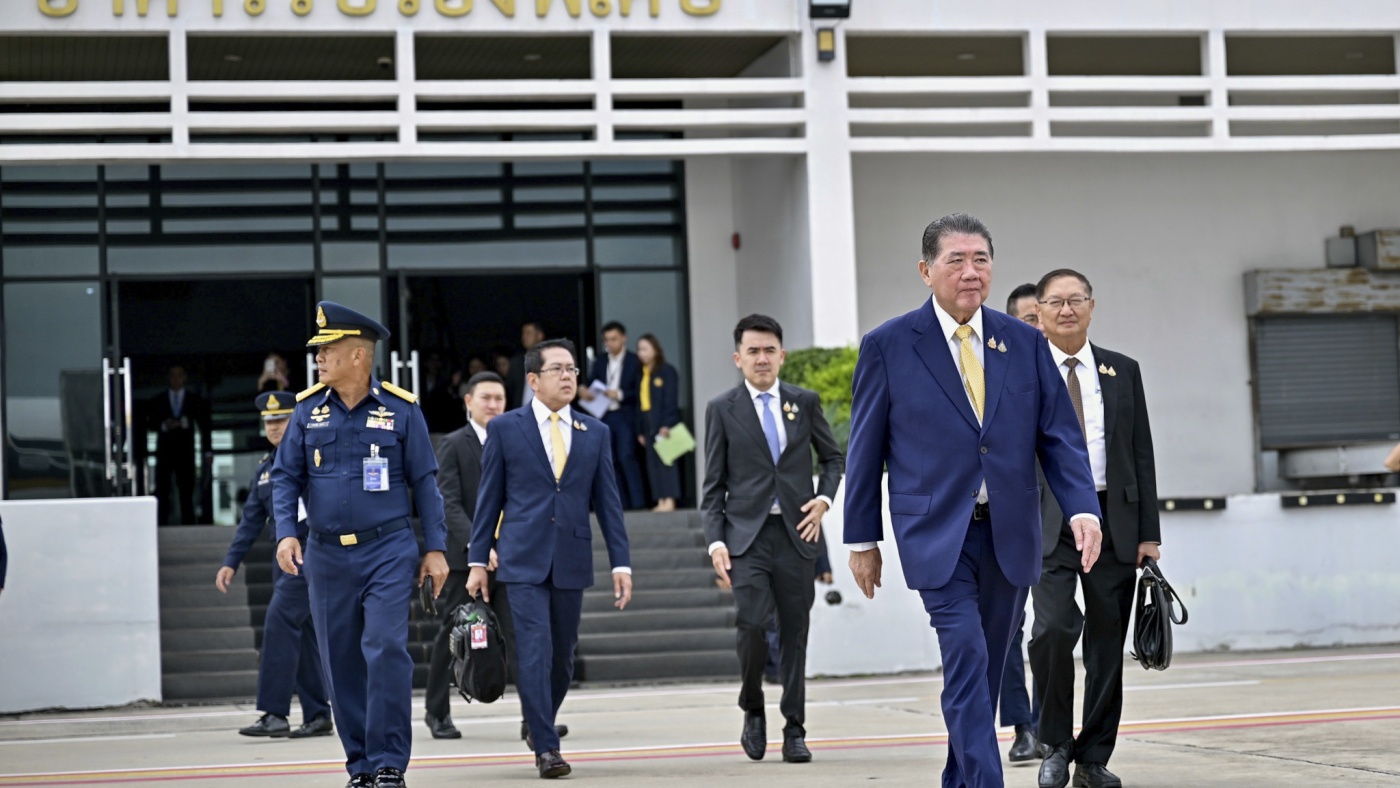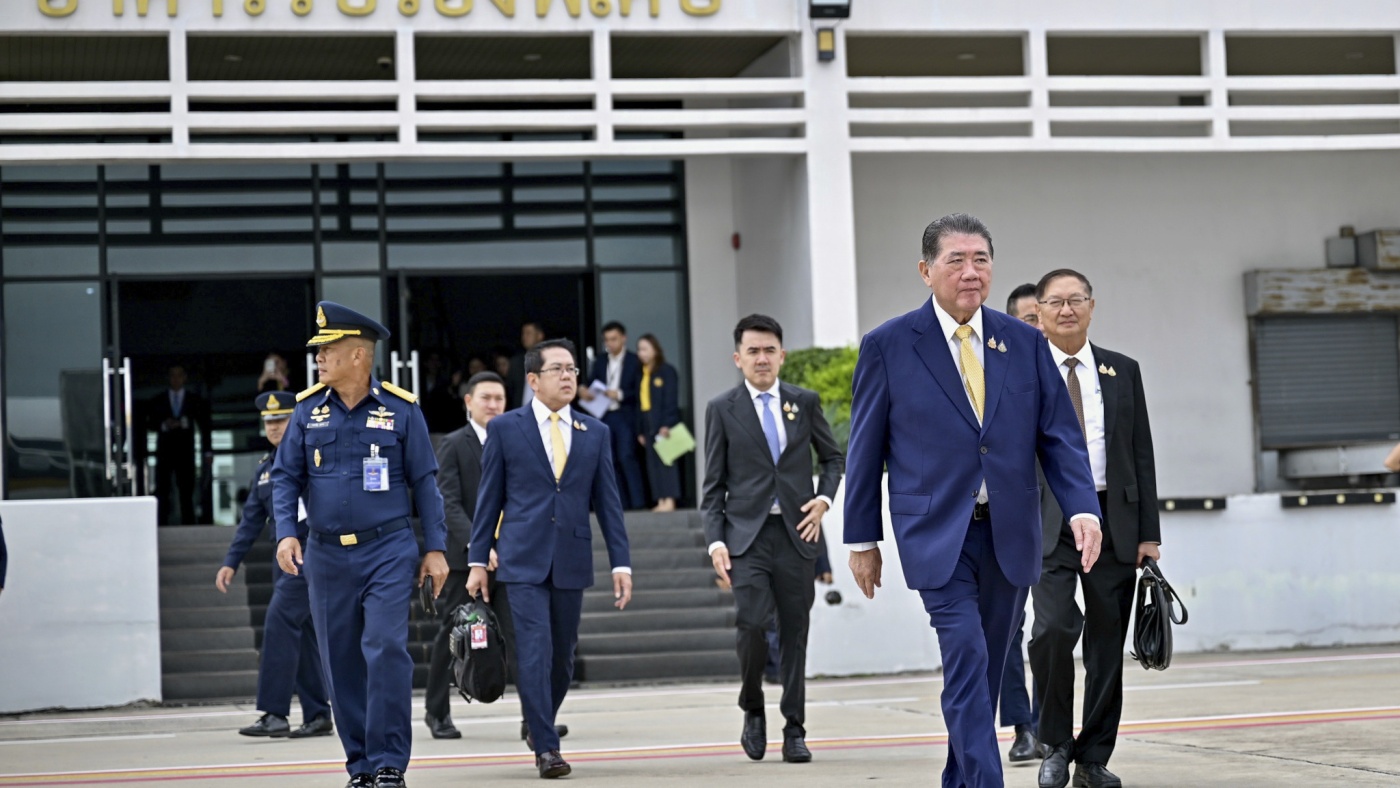A Tangled Border: Analyzing Ceasefire Talks Between Thailand and Cambodia
A Region on Edge
Southeast Asia is often celebrated for its lush landscapes, vibrant cultures, and historical landmarks. Yet, beneath this picturesque surface lies a complex tapestry of territorial disputes, historical grievances, and political tensions. The recent escalation of border violence between Thailand and Cambodia, which has led to urgent ceasefire talks in Malaysia, underscores the fragility of peace in the region. This conflict, now in its fifth day despite international appeals for calm, has resulted in tragic loss of life, mass displacement, and a deepening sense of uncertainty. Understanding the roots of this conflict, the key players involved, and the potential pathways to resolution is crucial for regional stability.
Historical Fault Lines: The Preah Vihear Temple and Beyond
The immediate spark for the recent clashes may appear to be a landmine explosion, but the deeper cause is a long-standing territorial dispute centered around the Preah Vihear Temple. This ancient Khmer temple, situated on a cliff overlooking the Cambodian plains, has been a point of contention for over a century. While the International Court of Justice (ICJ) awarded the temple to Cambodia in 1962, the surrounding land remains disputed, with both nations claiming sovereignty.
This dispute is not merely about land; it is deeply intertwined with issues of national identity, historical narratives, and perceived injustices. For Cambodians, Preah Vihear is a symbol of cultural heritage and national pride, a tangible link to the once-glorious Angkorian empire. For some Thais, the ICJ ruling was seen as a loss of territory that rightfully belonged to them. These sentiments, often amplified by nationalist rhetoric, have repeatedly fueled tensions along the border.
Moreover, the Preah Vihear dispute is not an isolated case. The Thai-Cambodian border, stretching over 800 kilometers, is marked by other areas of overlapping claims, further complicating the potential for conflict. Economic interests, such as access to natural resources and lucrative trade routes, often exacerbate these disputes.
Escalation and the Human Cost
The current escalation of violence has been particularly alarming due to its intensity and the resulting humanitarian crisis. Reports indicate that the fighting has involved heavy artillery, causing significant damage to infrastructure and civilian areas. Over 260,000 people have been displaced on both sides of the border, highlighting the devastating human cost of this conflict. Many of these displaced individuals have been forced to seek refuge in temporary shelters, lacking access to basic necessities such as food, water, and medical care.
The conflict has also strained diplomatic relations between the two countries, with both sides accusing each other of initiating the hostilities. These accusations, often amplified by media outlets and online platforms, serve to further inflame public sentiment and make it more difficult to find common ground. The recalling of ambassadors, as reported in some sources, reflects the severity of the diplomatic rift between Thailand and Cambodia.
The Malaysian Initiative: A Path to De-escalation?
In this tense environment, Malaysia’s initiative to host ceasefire talks between the leaders of Thailand and Cambodia represents a crucial step towards de-escalation. As a fellow member of the Association of Southeast Asian Nations (ASEAN), Malaysia has a vested interest in maintaining peace and stability in the region. Its role as a mediator is particularly significant given its relatively neutral position in the Thai-Cambodian dispute.
The involvement of Prime Ministers Hun Manet of Cambodia and Phumtham Wechayachai (acting) of Thailand underscores the seriousness with which both countries are treating the situation. The primary goal of the talks is to achieve an immediate and unconditional ceasefire, thereby halting the violence and preventing further loss of life. However, securing a lasting peace will require more than just a ceasefire agreement. It will necessitate addressing the underlying causes of the conflict and finding a mutually acceptable solution to the territorial disputes.
International Pressure and the Role of External Actors
The international community has been closely monitoring the situation, with many countries and organizations calling for an immediate end to the violence and a peaceful resolution of the dispute. The United States, under President Donald Trump, has also exerted pressure on both Thailand and Cambodia to engage in dialogue and find a solution.
The involvement of external actors, such as the United States, can play a significant role in shaping the dynamics of the conflict. However, it is important to note that external involvement can also be counterproductive if it is perceived as biased or insensitive to the historical and cultural context of the region. A more effective approach would be for external actors to support ASEAN’s mediation efforts and encourage the parties to engage in constructive dialogue.
Obstacles to Peace: Nationalism, Politics, and Mistrust
Despite the efforts to de-escalate the situation, several obstacles remain in the path towards a lasting peace. One of the most significant challenges is the deeply ingrained nationalism on both sides of the border. Nationalist sentiments, often fueled by political opportunism, can make it difficult for leaders to make concessions or compromises.
Political instability within both Thailand and Cambodia also adds another layer of complexity to the situation. Political leaders may be tempted to exploit the border dispute for their own political gain, further complicating the prospects for a peaceful resolution.
Perhaps the most fundamental challenge is the deep-seated mistrust between the two countries. Decades of conflict and unresolved disputes have created a climate of suspicion and animosity, making it difficult for the parties to engage in genuine dialogue and build trust.
Moving Forward: Building Bridges and Finding Common Ground
Overcoming these obstacles will require a concerted effort to build bridges, foster understanding, and find common ground. Some potential pathways towards a sustainable resolution include:
- Joint Development Zones: Establishing joint development zones in disputed areas could allow both countries to benefit from the economic opportunities present in the region, thereby reducing the incentive for conflict.
- Demarcation and Demilitarization: Clearly demarcating the border and demilitarizing disputed areas could help to prevent future clashes and build confidence between the two sides.
- Cultural Exchange Programs: Promoting cultural exchange programs and people-to-people interactions could help to foster understanding and empathy between the two nations.
- Strengthening ASEAN’s Role: Strengthening ASEAN’s role in mediation and conflict resolution could provide a platform for dialogue and cooperation, as well as ensure that the region takes ownership of its security challenges.
Conclusion: A Fragile Hope
The ceasefire talks in Malaysia offer a glimmer of hope for a peaceful resolution to the Thai-Cambodian border dispute. However, the path towards a lasting peace will be long and arduous, requiring a commitment to dialogue, compromise, and mutual understanding. The recent clashes serve as a reminder of the fragility of peace in the region and the urgent need to address the underlying causes of conflict. Only through a concerted effort to build bridges and foster cooperation can Thailand and Cambodia overcome their historical grievances and create a future of peace and prosperity for their people. The stakes are high, and the future of the region hangs in the balance.








